Welcome to our comprehensive guide on interior design styles that will inspire you to create your dream house. Whether you’re looking to switch up the aesthetic of your home or need help deciding on a design style, we’ve got you covered. In this article, we will explore 11 popular interior design styles for 2023 and beyond, providing you with expert advice and tips from professional interior designers. Let’s dive in and discover the perfect style that resonates with your personal taste and preferences.
- Minimalist Interior Design Style
If you believe in the mantra “less is more,” then the minimalist interior design style might be perfect for you. Minimalism gained prominence in the twentieth century and is known for its simplicity and focus on functionality. A minimalist space combines an open floor plan, functional furniture pieces, ample natural light, clean lines, and a neutral color palette. Embracing this style means trimming unnecessary items and ensuring everything in your space serves a purpose. Phillip Kopp, Co-Founder at NZT platform, shares his experience, “When designing my own home, I wanted it to feel like my sanctuary – a space I can retreat to at the end of the day and feel relaxed, recharged, and at peace.”

- Modern Interior Design
Characterized by an uncluttered and sleek approach, modern interior design reflects a fuss-free lifestyle. It emphasizes industrial design with pure and minimalistic forms. Clean lines, geometric patterns, and neutral color palettes are prominent features of modern design. Vince Broyles from Nejavi explains, “Modern interior design has been going strong for a few years now. It’s a design approach that was inspired by the Modernist art movement and is now being taken in all sorts of creative directions, and we decided to use it for our own home” In 2023, expect an emphasis on textures and patterns, adding depth and visual interest to the modern style.
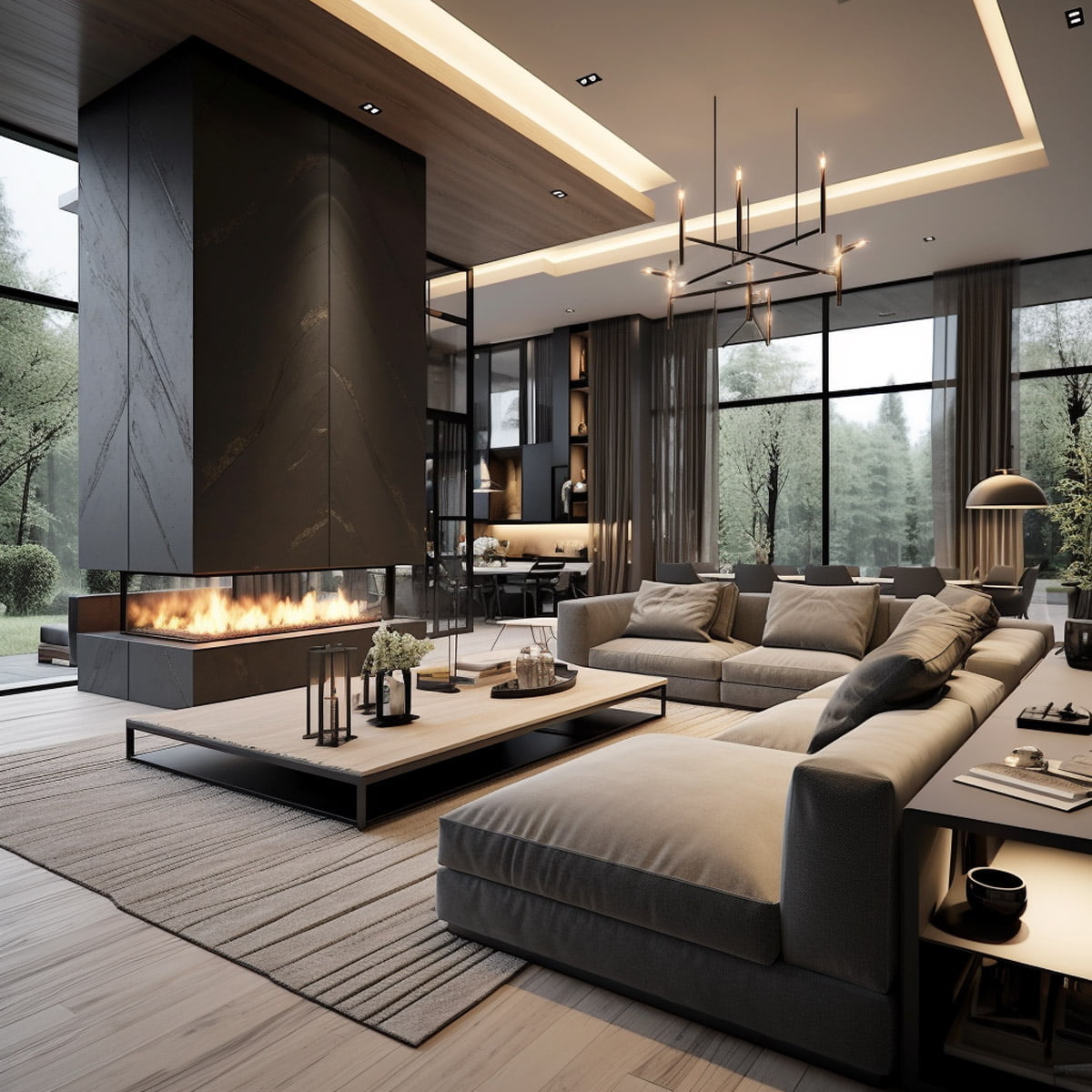
3. Industrial Interior Design
With an urban vibe and a focus on factory-like furnishings, industrial interior design celebrates functionality and efficiency. It embraces raw materials such as wood and unfinished metals, creating a rugged yet stylish atmosphere. To achieve an industrial look, neutral color palettes and embossed textures are often utilized. Keep in mind that industrial design works best in spaces with ample breathing room, as oversized machinery-inspired pieces are often incorporated. Get ready to add an edgy touch to your home with this contemporary style.

- Contemporary Interior Design
Unlike the misconception that modern-style homes are cold and minimalist, contemporary interior design creates warm and inviting spaces. This style blends traditional and modern elements, resulting in a comfortable and cozy ambiance. Creams, warm browns, and jewel tones form the color palette of contemporary design, offering a natural pairing with bright metals like chrome. Gabrielle Benot, Principal at Gabrielle Benot Studios, highlights the focus on lux material choices and monochromatic color schemes that embrace warmer hues. Discover the perfect balance between tradition and modernity in your home.

- Mid-Century Modern Interior Design
The mid-century modern interior design style is a timeless and creative approach that gained popularity after World War II. It combines clean lines, vibrant colors, and a fusion of indoor and outdoor living. With simple silhouettes, organic shapes, and a color palette of yellow, brown, green, and orange, mid-century modern can update your traditional design rooms. Its versatile furnishings work well in any space, creating a rich and diverse atmosphere. Embrace the charm of the past with a touch of modern sophistication.
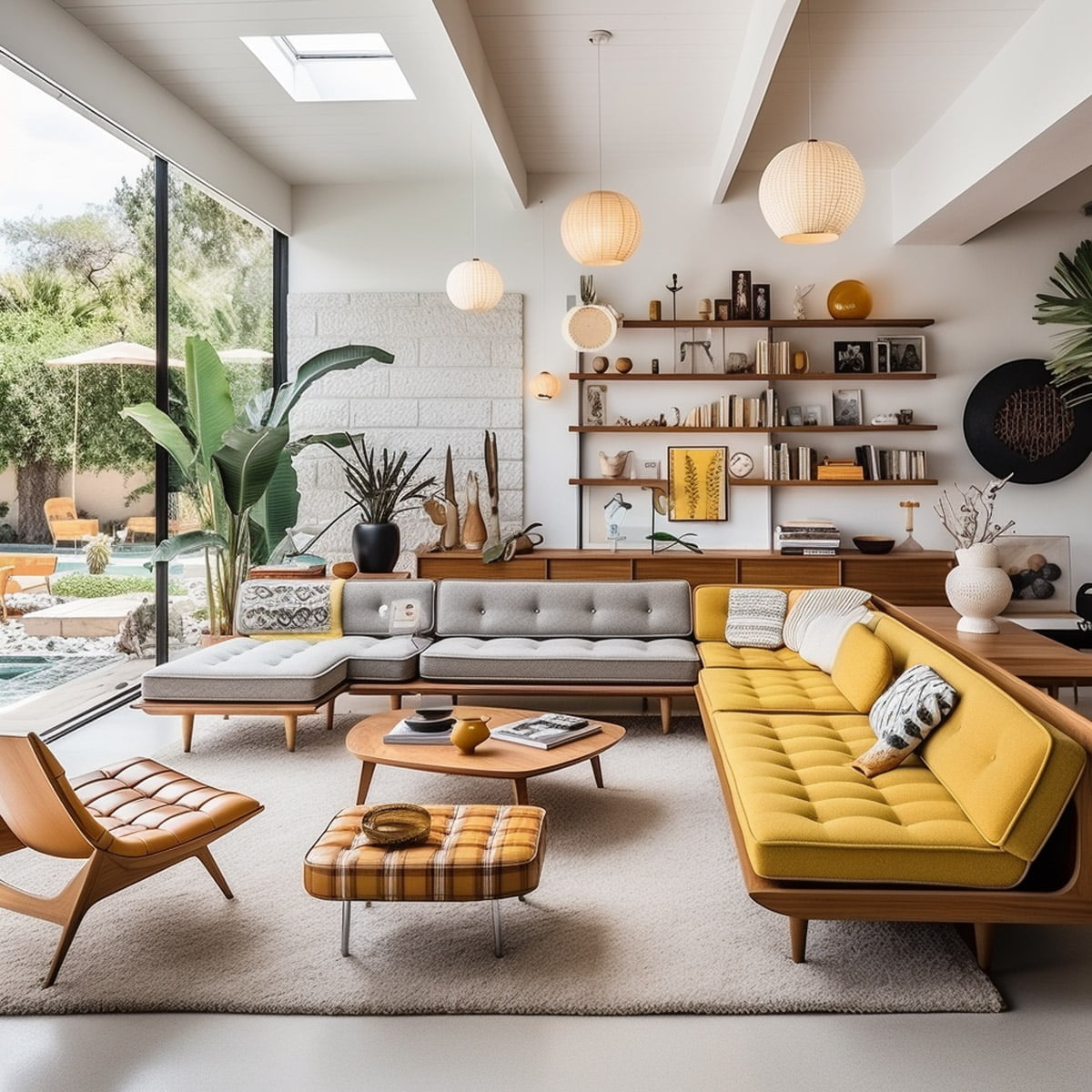
- Scandinavian Interior Design
Efficiency, simplicity, and affordability define Scandinavian interior design. This style focuses on function-driven spaces, minimalist pieces, natural materials, and white walls.

- Bohemian Interior Design
Bohemian interior design embraces an eclectic and carefree approach to decorating. It combines vibrant colors, patterns, and textures from around the world. This style is all about self-expression and showcasing your unique personality. When it comes to bohemian, more is usually better. So go ahead and throw everything up on your walls and revel in the haphazard yet attractive look.”
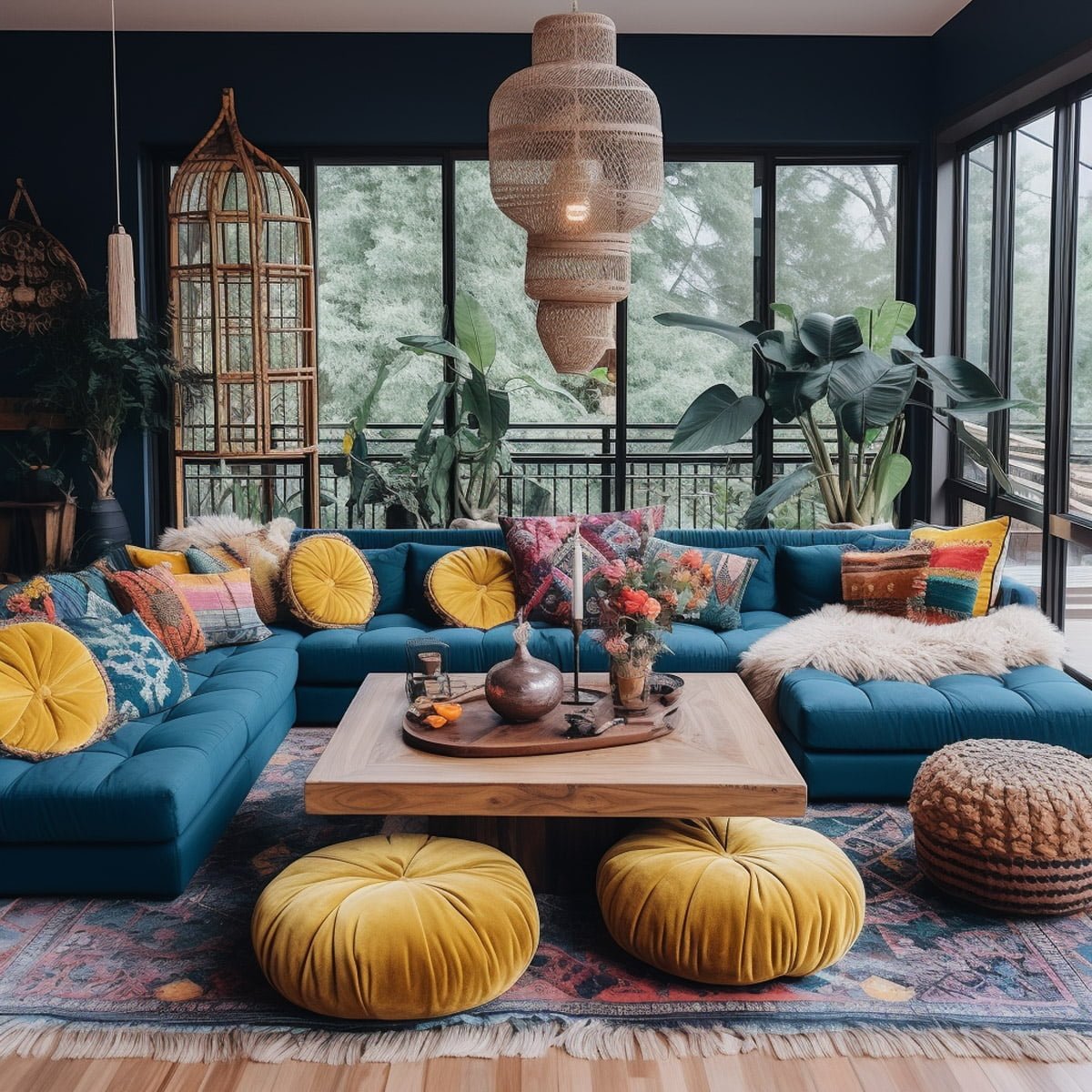
- Transitional Interior Design
Transitional interior design is a blend of multiple styles, combining traditional elements with contemporary and modern design. It creates a balanced and harmonious space that feels timeless. Charmaigne Menn, a textile designer, mentions, “Transitional design will continue to be popular for homeowners in 2022. Expect to see traditional elements mixed with clean lines and contemporary upholstery. Light color schemes, neutrals, and natural wood tones feature strongly in this style.”
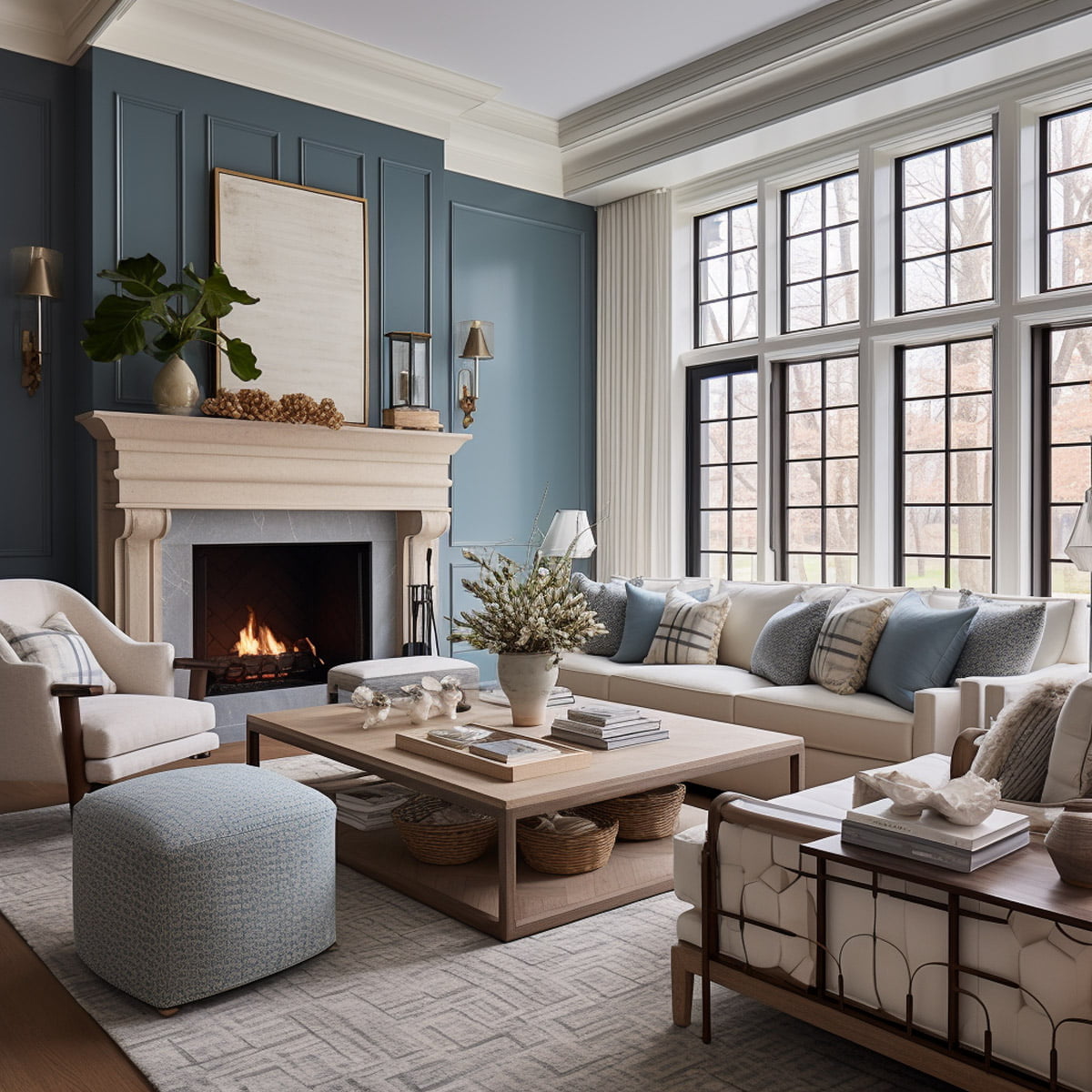
- Rustic Interior Design
Rustic interior design emphasizes natural and weathered finishes, incorporating raw wood, leather, and stone. It draws inspiration from outdoor and industrial elements, creating a charming and cozy atmosphere. This style works well in various spaces, from a family country home to a city center apartment. The color palette often includes warm earth tones, and the use of natural materials adds texture and authenticity to the space.
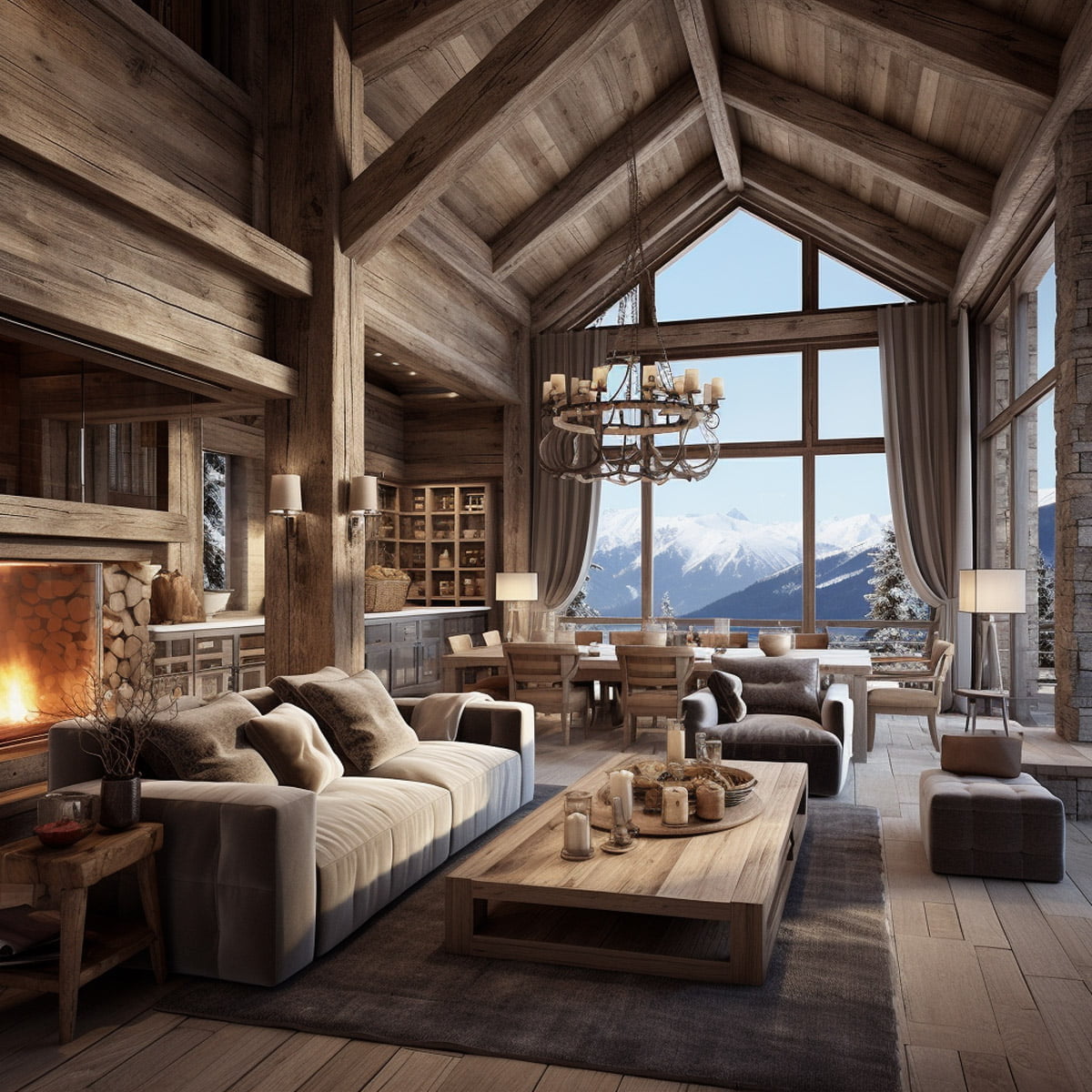
- Art Deco Interior Design
Art Deco is a style that emerged in the 1920s and features bold, elegant, and glamorous elements. It combines symmetrical patterns, geometric shapes, and luxurious materials. Lacquered wood, glossy paint, mirrored surfaces, and angular designs are common in Art Deco interiors. This style adds a touch of sophistication and visual interest to any space.
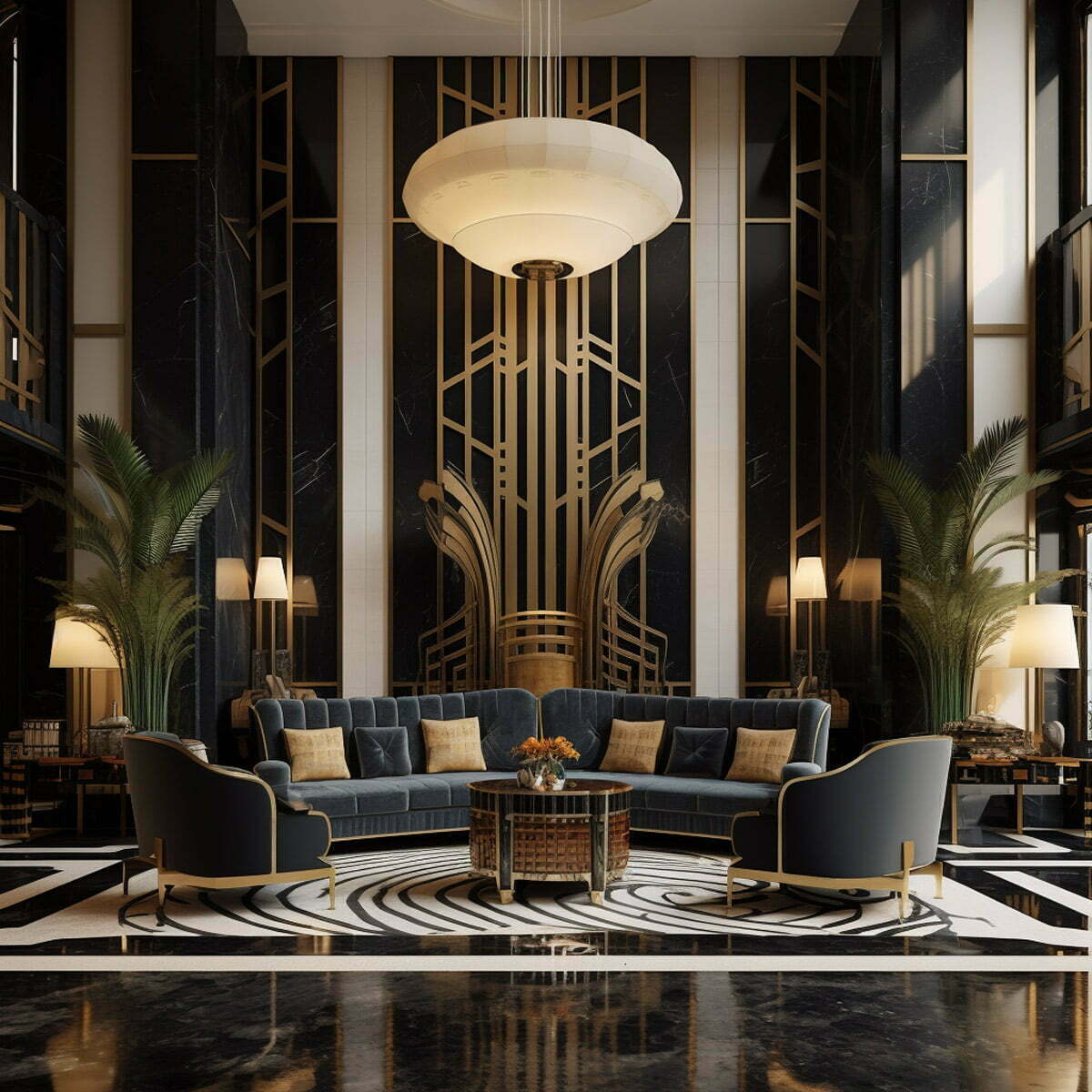
- Traditional Interior Design
Traditional interior design exudes refinement and elegance inspired by the 18th and 19th centuries. It features finely made furniture with eloquent finishes. FemageArt, a conceptual photographer and style consultant, explains, “Expect a fresh, updated take on the traditional style, though, with a thoughtful mix of both modern lines and traditional silhouettes.” Traditional design creates a sense of timelessness and grandeur with its attention to detail and classic aesthetics.


